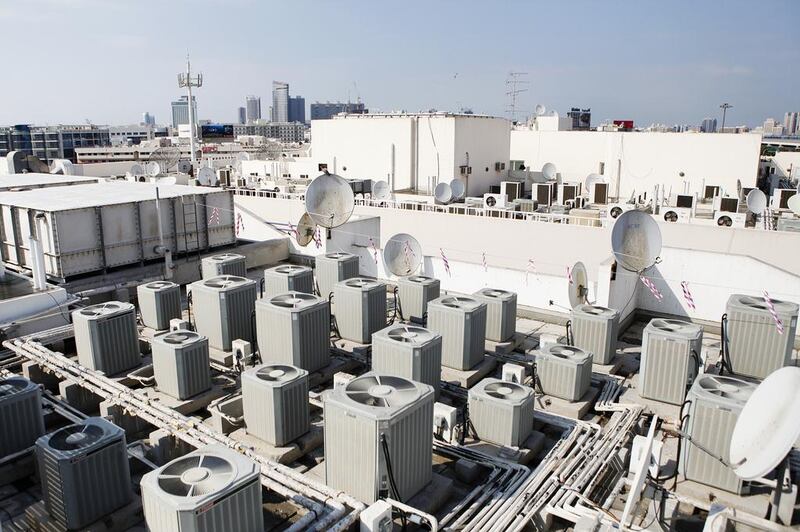As Abu Dhabi’s population has grown, so has the rate at which the emirate uses energy and water, with experts warning the increases in demand are becoming unsustainable.
But a new campaign aims to teach residents that it is possible to reduce the amount of water and power they use, and save money on their bills, with small changes that can make a big difference.
“Abu Dhabi’s population has grown considerably over the past decade and is likely to continue which directly impacts the demand on resources,” said Nicholas Carter, director general of the Regulation and Supervision Bureau (RSB).
“Our campaign is designed to drive understanding of the true value of water and electricity while underlining the importance of making changes to everybody’s consumption habits now.”
The growth the emirate has experienced over the past 50 years is likely to continue in the near future. By 2030 the population is estimated to double from its present 1.5 million.
The demographic change cannot be sustained if trends in energy and water use continue, said Mr Carter.
“The peak demand for electricity has almost doubled over the last 10 years, putting tremendous pressure on the electricity grid,” he said.
“Maintaining secure and efficient supplies during peak periods is becoming increasingly challenging and it is estimated that cooling and air conditioning is responsible for 65 per cent of the peak electricity load in the summer months.”
The situation is just as challenging when it comes to water use. Abu Dhabi’s total use of desalinated water, which is produced in an energy-intensive process that comes with an effect on climate and marine resources, reached 1.1 billion cubic metres in last year.
By 2030, demand is expected to increase to more than 1.5 billion cu metres a year.
“Most of our water is produced by what are called co-generation plants: power plants that generate electricity and use the waste steam to desalinate the water we get in our taps,” said Mr Carter.
“The scale, effort and resources needed to maintain supplies of water and electricity and ensure plentiful supplies for growth and future generations are staggering.”
A comparison of per-capita use of energy and water in the UAE and other countries shows the challenge for the sector at present but also the large opportunities for savings.
While UAE residents on average use between 250 and 550 litres of water and 20 to 30 kilowatt hours of power a day, the international average is 170 to 300 litres and 15kWh, Mr Carter said.
Experts have said the affordable rates of energy and water in the UAE, with the Government covering most of the generation cost, as one reason behind the large use of resources.
While tariffs in Abu Dhabi are the most affordable in the country, in 2012 the RSB, in conjunction with Abu Dhabi Distribution Company, Al Ain Distribution Company and Abu Dhabi Water and Electricity Authority introduced new-look water and electricity bills.
They help residents to easily understand their level of use and the true cost of the resources.
Rashed Al Rashedi, deputy director general of RSB, said the bills showed whether consumption was below or above the ideal average.
“I urge everyone to take a few minutes to look at their bills and understand their consumption, then choose a saving tip or tips to try at home,” said Mr Al Rashedi.
“It really is as simple as that. For the sake of future generations it is vital that we change our habits now.”
vtodorova@thenational.ae





